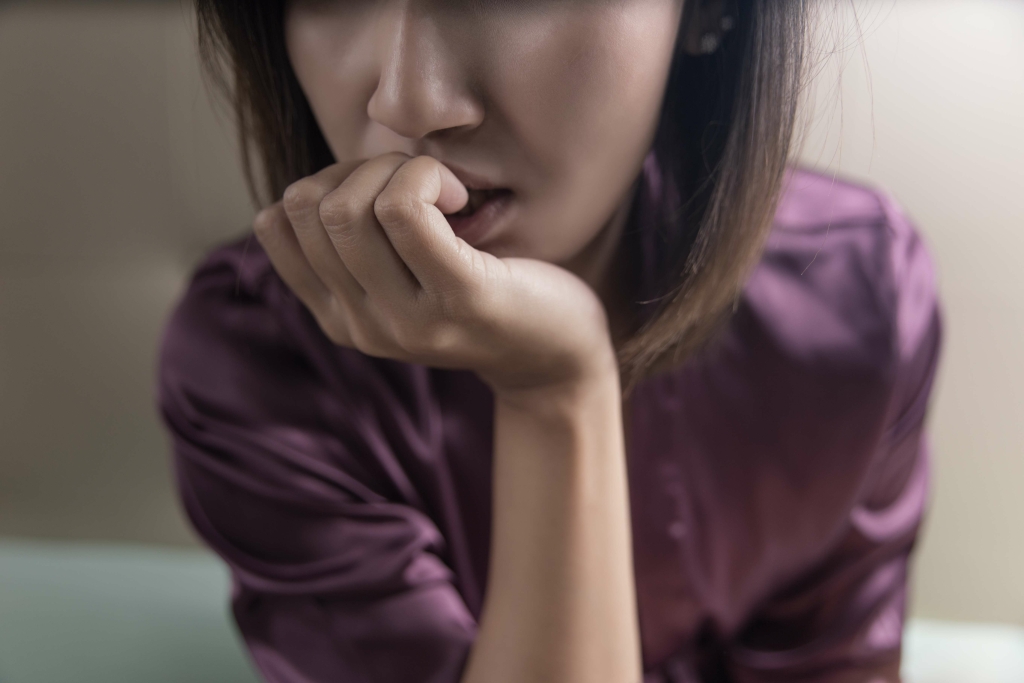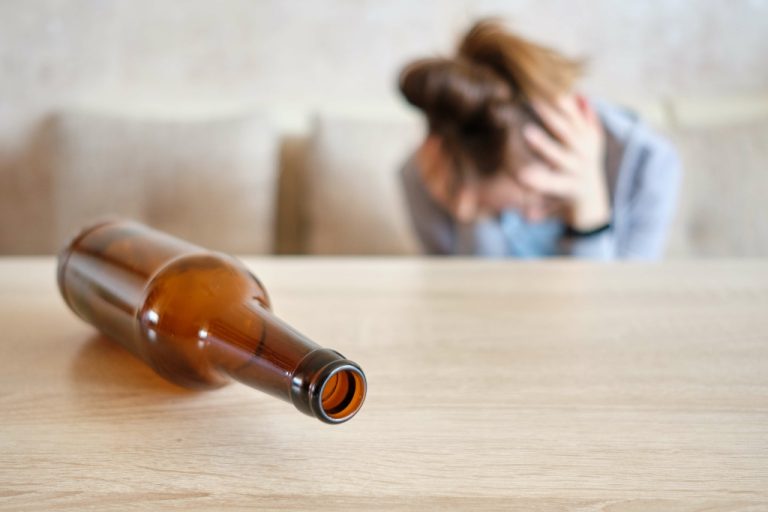They have “a need” to drink to get through life or manage stress, and they will meet giving up such a coping mechanism with resistance, denial and avoidance. Your partner might already feel slightly concerned about his or her behavior and this https://ecosoberhouse.com/ conversation with you becomes a wakeup call to greater health consciousness and self-control. The person you were dating (and falling hard for) got a bit drunk and said something nasty or embarrassing. He insisted on opening another bottle of spirits after you pointed out that you’d both probably had enough. She went for “one drink” after work and ended up staying out drinking the whole evening.

Signs of problem drinking
One person’s social drinking might be a glass of merlot with friends once or twice a week. Another person may consider it four or five beers over the course of a day at a birthday party. A different individual may consider it two gin and tonics at happy hour on Tuesday and Thursday and then a heavy night out on the weekend. A good portion of people would classify themselves as social drinkers. They don’t typically drink on their own but do so with friends, family, colleagues and so on.
Your initial support helped get us here and bolstered our newsroom, which kept us strong during uncertain times. If you think you might be dealing with more problematic drinking habits, Strobbe suggests reaching out to a professional or trying some goal-setting to help you scale back. “If you are confronted by someone about your drinking, statistics say this is a very strong sign you’re dealing with a problem drinking,” Lander added. If you find yourself answering “yes” to several of these questions, it may be time to reassess your relationship with alcohol. If you’ve answered yes to at least three of the above questions, there is a good chance that you have a drinking problem.

Alcohol withdrawal
This critical developmental stage is where lifelong adult traits, e.g., talents, reasoning and complex skills mature; however, alcohol and in particular binge drinking may disrupt and interfere with this developmental process. AUD is a medical condition characterized by an impaired ability to stop or control alcohol use despite adverse social, occupational, or health consequences. It encompasses the conditions that some people refer to as alcohol abuse, alcohol dependence, alcohol addiction, and the colloquial term, alcoholism. Lasting changes in the brain caused by alcohol misuse perpetuate AUD and make individuals vulnerable to relapse. Regular heavy drinking can lead to physical and mental health problems, addiction, relationship difficulties, and legal issues. Social alcoholic drinking involves moderate and controlled alcohol consumption during social occasions without severe negative consequences.
Contents
It can also lead to alcohol poisoning, a serious and sometimes deadly condition. For example, you recognize that your alcohol use is damaging your marriage, making your depression worse, or causing health problems, but you continue to drink anyway. You spend a lot of time drinking, thinking about it, or recovering from its effects. You have few if any interests or social involvements that don’t revolve around drinking.
- Like the fly that was drawn to the pitcher plant by its sweet smell and vibrant color, our curiosity for alcohol begins with a harmless, even glamorous, impression of what the liquid in the bottle represents.
- Looking for ways to support your mental health and well-being?
- Unlike problem drinking, social drinking doesn’t interfere with your daily responsibilities, relationships, or overall mental and physical health.
- Diarrhoea is the most widely known disease linked to contaminated food and water but there are other hazards.
- Drinking at college has become a ritual that students may see as an integral part of their higher education experience.
Research suggests that it often takes two to five attempts for a person to successfully quit. Until they begin to contemplate quitting, any actions you take to “help” them quit will often be met with resistance. By becoming aware of our drinking patterns and the effects of each drink, we can begin to make more mindful choices. It will guide you in tracking your drinking habits, uncovering the underlying reasons for your consumption, and starting to create positive shifts.

- Because depression can be linked to other health problems, your healthcare professional may also conduct a physical examination and order blood work.
- Missing work, neglecting responsibilities, or getting into conflicts with loved ones due to your drinking habits are clear indications that alcohol is taking a harmful toll.
(Gately, for example, proposes a 9/11 effect—he notes that in 2002, heavy drinking was up 10 percent over the previous year.) This seems closer to the truth. It also may help explain why women account for such a disproportionate share of the recent increase in drinking. Prohibition did, in fact, result in a dramatic reduction in American drinking.
Alcohol Abuse & COVID-19
Robert Brewer, who leads the alcohol program at the Centers for Disease Control and Prevention] noted that excessive drinking is still a challenging problem, but it is not as difficult to alcoholism address as alcohol addiction can be. The term “social alcoholic” is not a recognized medical or psychological diagnosis. However, it is sometimes used informally to describe someone who appears to be able to maintain a relatively normal and functional life while consuming alcohol regularly or in large quantities during social situations. People diagnosed with OCD frequently find themselves in a loop of obsessions and compulsions. If you have these behaviors, you may feel isolated because of them. This can lead to withdrawal from friends and social situations, which can increase your risk for depression.
South Dakota has an elevated rate of alcohol-related deaths per capita and a high rate of under-21 deaths. The rate of alcohol-related deaths per capita is very high in Oklahoma. Statistics indicate Ohio’s drinking habits are on par with national averages. North Carolina has a low rate of alcohol-related deaths per capita and a low rate of under-21 deaths. Nevada’s alcohol-related death rate per capita is high, but it has a very low rate of underage deaths.
Have plenty of drink-free days
Social drinking doesn’t just have physical consequences; it can also take a toll on your mental and emotional well-being. Over time, problematic drinking can increase feelings of anxiety, depression, and isolation. At this point, the drinking is social drinking problem no longer simply “social.” It may be an early indicator of alcohol misuse or even alcohol use disorder (AUD). Recovery is possible and attainable with the right help and support.
Halloween in Recovery
Depression and anxiety can occur in a person at the same time. In fact, research has shown that over 70 percent of people with depressive disorders also have symptoms of anxiety. If your mood doesn’t improve or gets worse, seek medical help. Depression is a serious mental health illness with the potential for complications. Due to side effects and safety concerns, MAOIs are not the first choice for treating mental health disorders.
If you have a parent or family member with an alcohol problem, you should monitor your drinking carefully. Following rules for drinking socially can help you avoid drinking too much and may help you avoid alcohol problems in the future. There are many other ways besides drinking to relax or have a good time. Here’s a guide to what social drinking is and how to recognize if you have a problem. A treatment center will attempt to verify your health insurance benefits and/or necessary authorizations on your behalf.